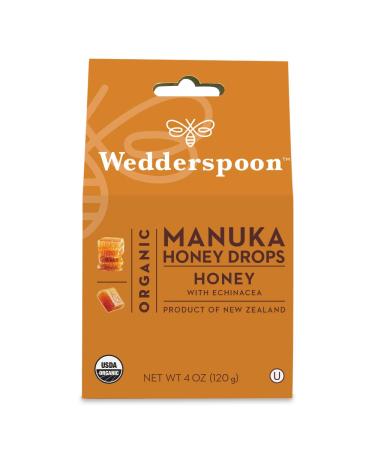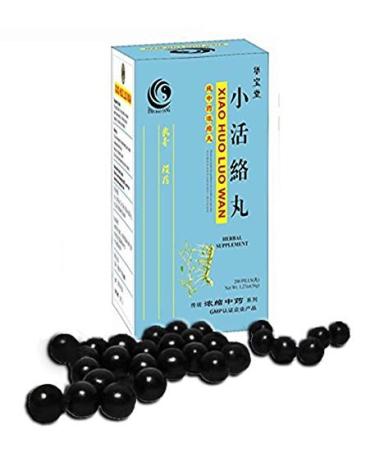Features:
Core Type:Arabica (Bourbon, Caturra)
Tasting Notes:Sweet Chocolate
Aroma (Smell):Chocolate
Body:High
Growing Altitude:1500 m -1700 m
Harvesting Period:December-March
Processing Process:Washed and dried in the sun.
Acidity:Medium
Taste:A persistent smooth aftertaste accompanied by a sweet chocolate flavor The finish is characterized by subtle berry flavors felt during the first sip.
Guatemalan coffees are classified first by their altitude and then by their region. For example, Antigua SHB - Strictly Hard Bean - refers to the hard, intensely flavored coffees grown between 1500m and 1700m in the Antigua region. HB (Hard Bean) coffees are grown between 1350m and 1500m. These are followed by Semi HB (Semi Hard Bean), Extra Prime, and Prime, in decreasing altitude.
Producers tend to sell SHB and HB coffees at higher prices than other coffees, claiming that the taste and aroma of coffees grown at higher altitudes are enhanced. As you can imagine, this demand is reflected in the coffee market.
In Guatemala, the highest quality SHB and HB beans generally come from the Antigua region. Antigua coffees have a very distinct cocoa and chocolate aroma. Unfortunately, the majority of coffee sold under the name Antigua SHB, both in our country and around the world, comes from regions neighboring Antigua.
Detailed Information:
Coffee production in the country is carried out in eight main regions: Antigua, Acatenango, Atitlán, Cobán, Huehuetenango, Faijanes, San Marcos Nuevo Orientea.
Antigua's coffees are among the most well-known and appreciated. Rich volcanic soil, low humidity, abundant sun, and cool nights create an ideal environment for producing the exceptional coffees that characterize the region. Fuego, one of Guatemala's three active volcanoes, adds a fresh dusting of mineral-rich ash to Antigua's soil. Volcanic pumice in the soil retains moisture, helping to offset Antigua's low rainfall.
Due to the high cup quality of Antigua coffee, in the 2000s, some coffee producers from other regions attempted to market their coffee through Antigua, which had a negative impact on the region. To prevent this, the Antigua Growers Association (AGA) was established in 2000 and established traceable, certified Genuine Antigua Coffees, thwarting this trend. Thus, Antigua maintained and even increased its brand value.
Guatemala is the 9th largest coffee producer worldwide. Excluding Robusta-producing countries, Guatemala is the 5th largest Arabica coffee producer.
In 2011, Guatemala experienced a rust problem in coffee plants, and nearly 50,000 of its reserves were lost that year. Guatemala, which until then had been a country producing coffee primarily for general consumption, saw this situation as an opportunity and focused on specialty coffee cultivation by importing new coffee seeds from many different regions of the world.
Since then, trees lost to rust have been replaced by higher-quality trees and more meticulous farming. During the periods when coffee was produced for general consumption, Guatemala was negatively affected by price fluctuations on the coffee exchange. At times, coffee had to be sold below cost, and it began to incur losses, and some producing families abandoned production and emigrated, while the children of the remaining families emigrated.
The coffee industry has begun to generate revenue again with the measures taken after 2011. New generations of families who had initially emigrated to London and the United States to receive training in modern agriculture, marketing, and business management decided to return to the country and take over the business. Thus, this crisis, which was turned into an opportunity with clever methods, paved the way for high-quality production and modern approaches. This modern approach to the Guatemalan coffees we, as Coffeery, enjoy in our inventory, has enabled us to discover brand new flavors after 2015-2016.
How to Drink Brewing Method:
Guatemala Antigua coffee offers a wide range of brewing options, in addition to its delicious flavor. Highly satisfactory results can be achieved with every brewing method. Standard grinds can be used. With its high body, it's an ideal choice, especially for a morning start.
Who Should Prefer It?
A coffee that tells its story with its prominent chocolate flavor, a common meeting point for many who have tried it and have different tastes. A must-have in every coffee lover's palate.
Who Isn't It Suitable For?
If you don't like the taste of chocolate in coffee, it might not be for you, but we still recommend you try it.













